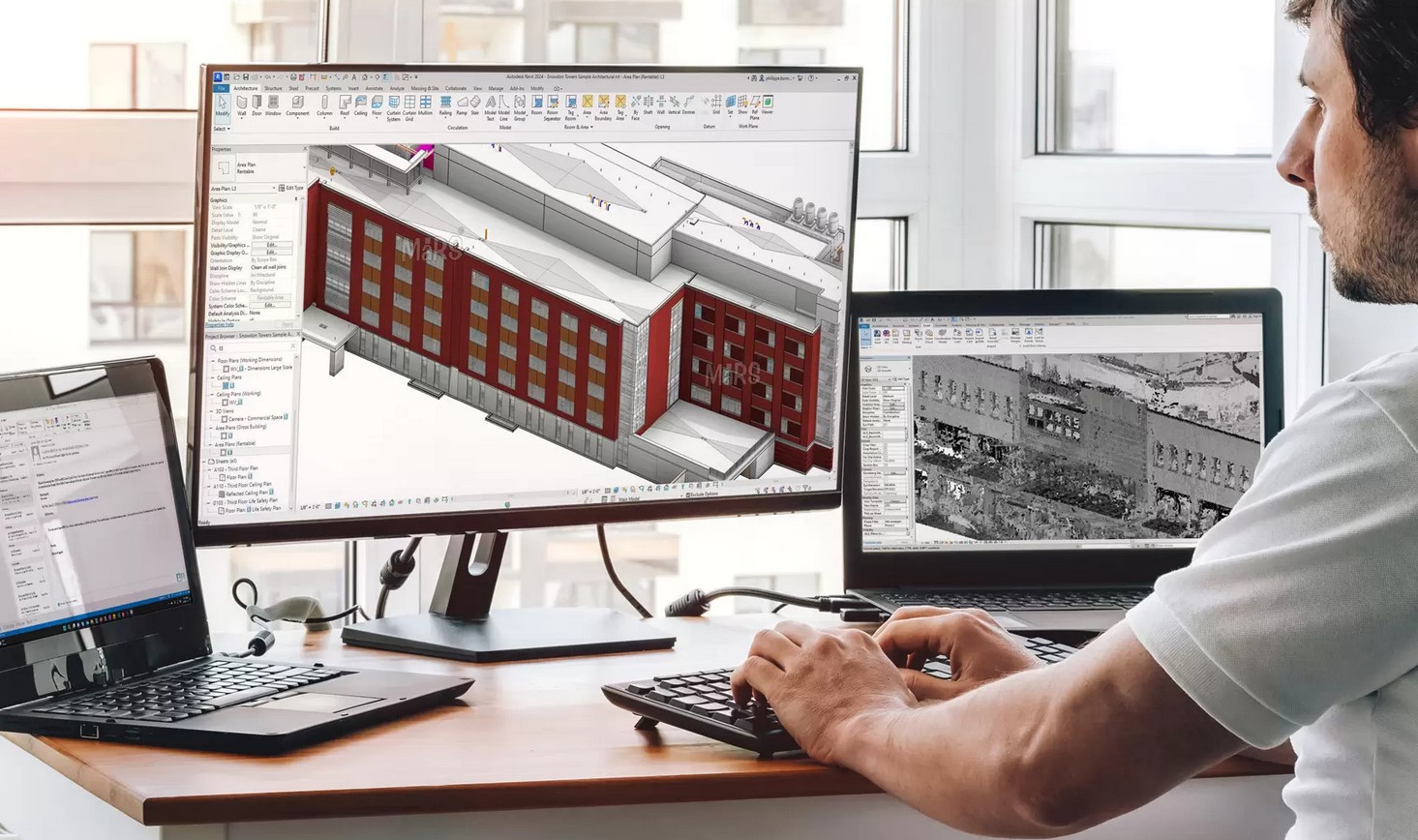From Reality to BIM: How Laser Scanning Creates Intelligent Building Models
 Zara Anderson
Zara AndersonThe way we design and manage buildings is undergoing a digital revolution. At the forefront of this change is the powerful combination of laser scanning and Building Information Modeling (BIM).

Capturing Reality with Laser Scanning
The magic behind the Laser Scanning to BIM Process starts with laser scanning. These sophisticated tools use LiDAR (Light Detection and Ranging) technology to emit pulses of light and measure their reflection time. This creates a precise point cloud, a massive dataset of 3D points representing the building's geometry.
From Point Cloud to BIM Model
The point cloud is the foundation for BIM model creation. Specialized software helps transform this data into a virtual replica of the building. Here's a simplified breakdown of the process:
Data Registration: The software aligns multiple scans to create a complete picture of the building.
Point Cloud Cleaning: Unwanted data like reflections or clutter are removed, leaving a clear and accurate point cloud.
Modeling: Using the point cloud as a reference, BIM objects like walls, floors, and doors are created. This process can be manual or semi-automated.
Data Enrichment: BIM software allows adding vital information to the model, such as material properties, equipment schedules, and even maintenance plans.
The Advantages of Scan to BIM
The integration of laser scanning with BIM offers a multitude of benefits:
Accuracy: Scanned data provides highly precise measurements, reducing errors and rework during construction.
Efficiency: Existing building conditions are readily available in the BIM model, saving time spent on traditional surveying methods.
Improved Communication: A shared 3D model fosters better collaboration between architects, engineers, and contractors.
Facility Management: BIM models can be used for ongoing maintenance, space planning, and future renovations.
Applications of Scan to BIM
Scan to BIM finds application in various scenarios:
Renovations and Retrofits: Existing building data helps plan renovations with greater accuracy and minimize surprises.
Historic Preservation: Scanned data can be used to document and recreate historical structures for restoration purposes.
MEP (Mechanical, Electrical, and Plumbing) Design: The BIM model facilitates the design and coordination of complex building systems.
The Future of Scan to BIM
As laser scanning technology continues to evolve and BIM software becomes more sophisticated, the Scan to BIM process will become even more streamlined and efficient. This powerful combination will play a crucial role in shaping the future of intelligent buildings and optimized construction workflows.
Subscribe to my newsletter
Read articles from Zara Anderson directly inside your inbox. Subscribe to the newsletter, and don't miss out.
Written by
